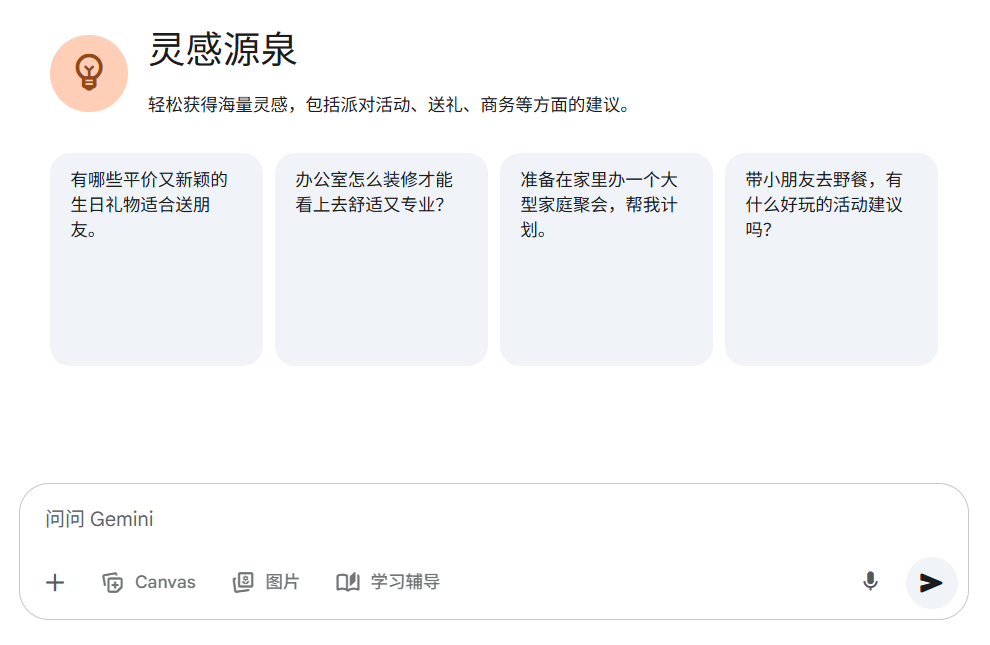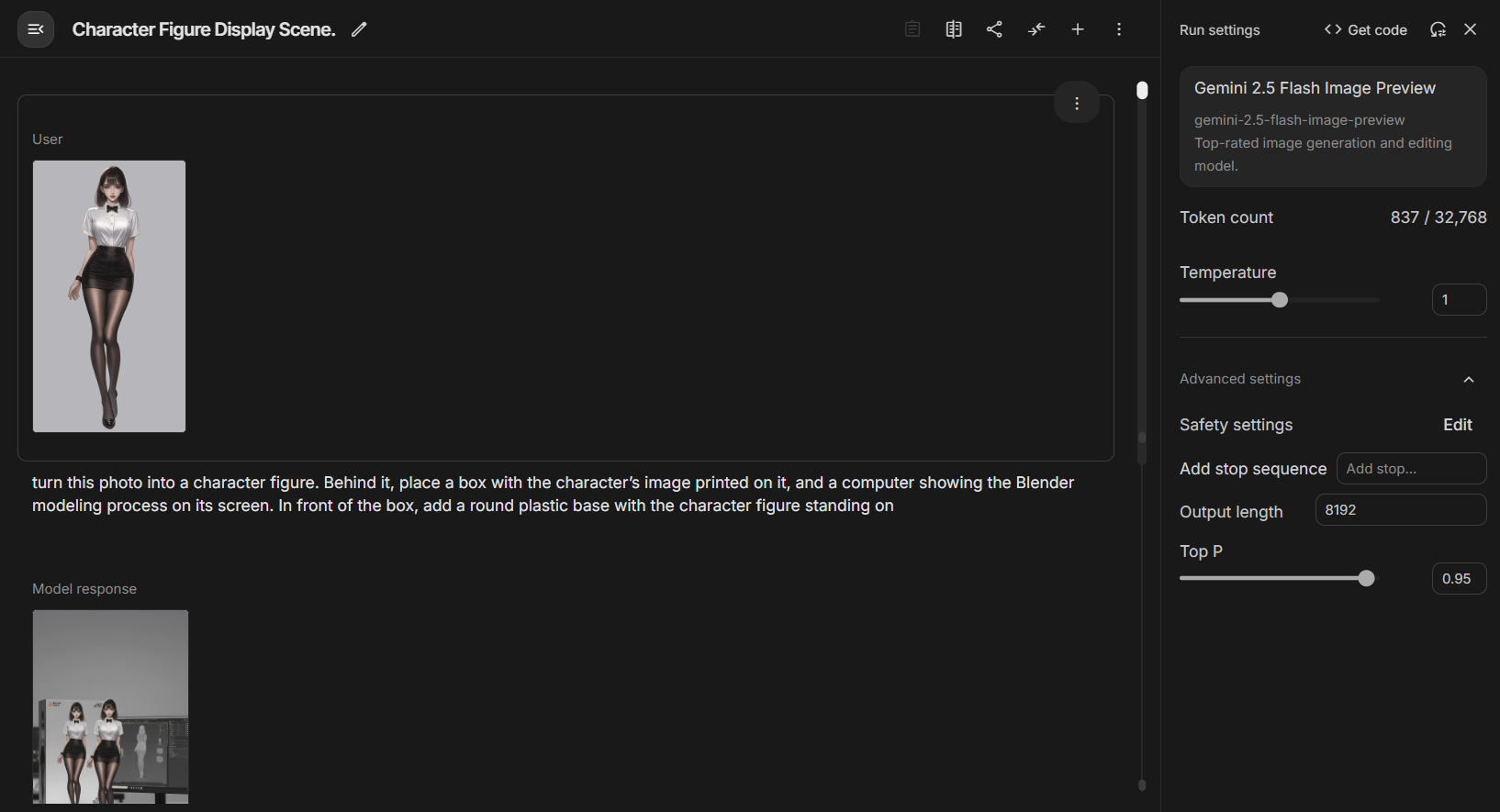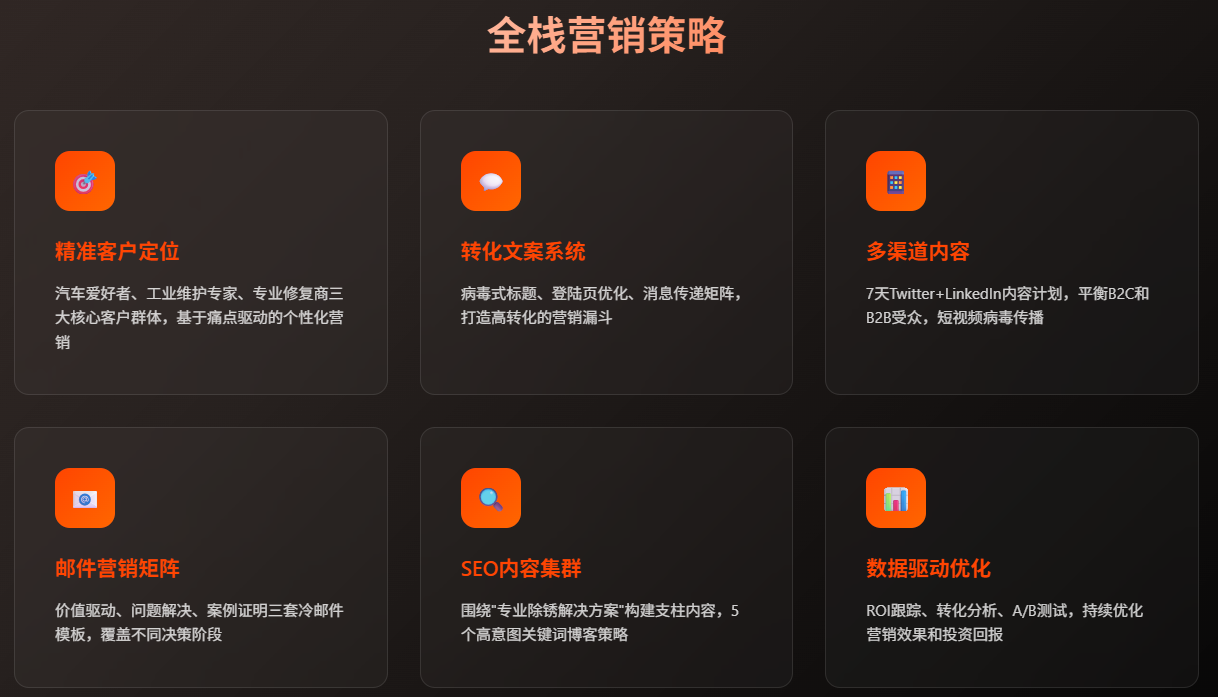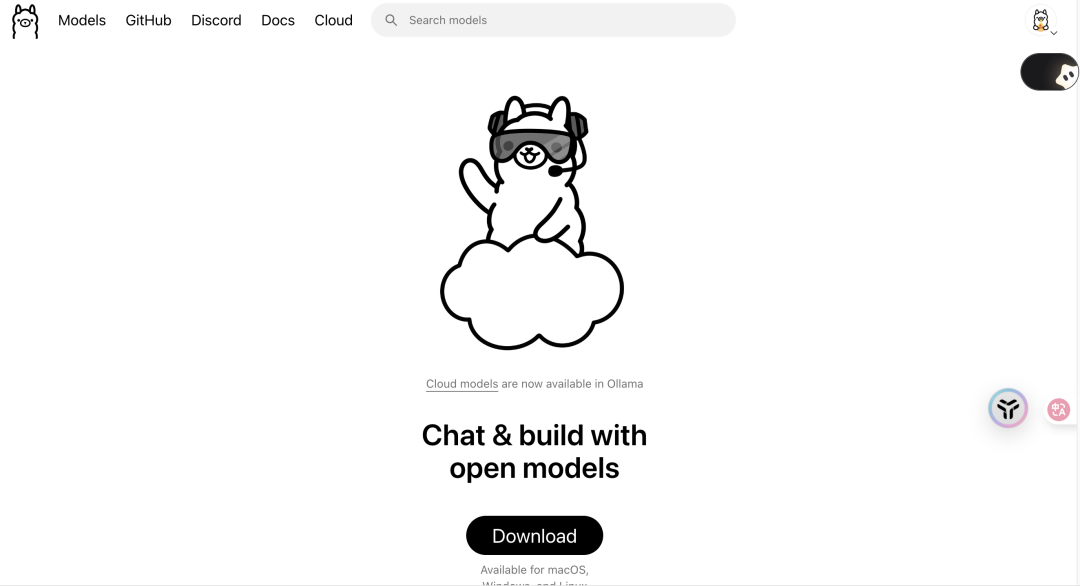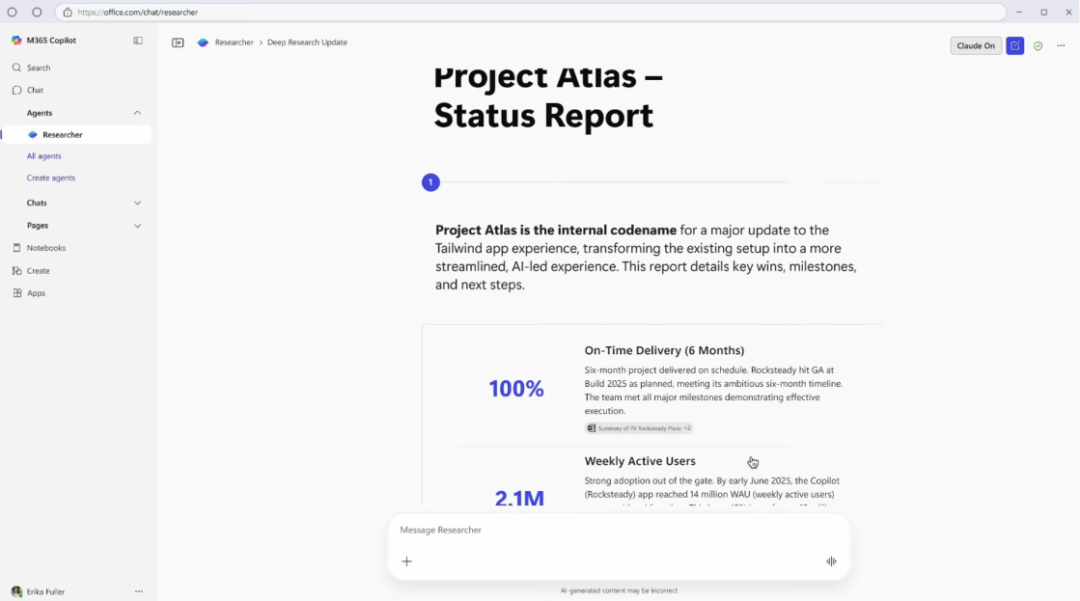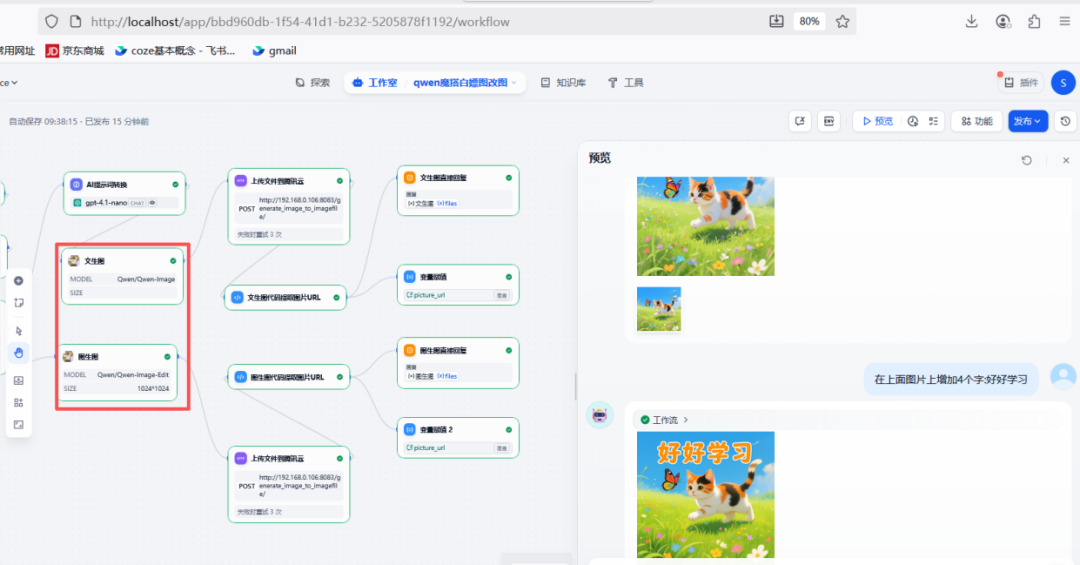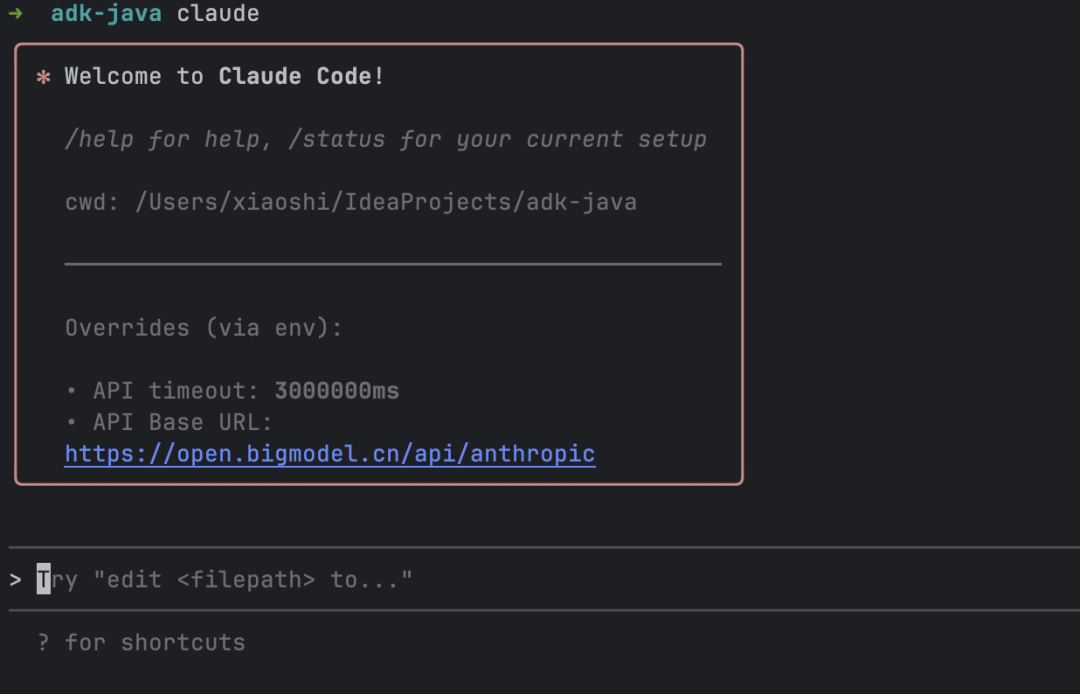Yes, please accept my services. As a master patent engineer, I take the spark of creativity you provide and construct a rigorous, in-depth, and visionary Patent Transmittal.
—
# **Patent submission: A multi-sensor based intelligent pot plant automatic maintenance instrument and control method**
## **1. Name of invention**
A multi-sensor based intelligent pot plant automatic maintenance instrument and control method
## **2. Technical areas**
The present invention relates to the field of smart home and automation control technology, specifically, an Internet of Things (IoT) device applied to the automatic maintenance of potted plants and an intelligent control method thereof.
## **3. Background technology**
Currently, the care of potted plants relies on several methods, all of which have significant technical shortcomings:
* **1. Traditional manual conservation:** This is the most common approach and relies entirely on human subjective judgment and memory.
* **Disadvantage analysis:** (a) **Strong subjectivity and lack of quantitative standards**: Users water by feel, which is very likely to lead to over-watering (causing root rot) or under-watering (causing plants to wither). (b) **Low reliability**: Users may miss the best time to water due to busy work, long travel or forgetfulness, causing irreversible damage to plants. The fundamental flaw lies in the **lack of objective, real-time data as a basis for decision-making**.
* **2. Passive self-priming/lazy pots:** These products typically utilize physical principles, such as cotton thread siphoning or ceramic infiltration, to provide a continuous, passive supply of water to the soil from the water storage area.
* **Disadvantages:** (a) **Single water-supply strategy, no differentiation**: its water-supply rate is relatively constant and cannot be adjusted according to plant species (e.g., moisture-loving ferns have very different water needs from dry-loving succulents). (b) **Inability to respond to environmental changes**: its water supply pattern remains the same whether in summer when light is intense or in winter when it is wet and cold, and it is unable to adapt to different transpiration rates due to environmental changes. (c) **Lack of active control**: This is a "passive" water supply, where plant roots are exposed to near-saturated humidity for long periods of time, increasing the risk of root rot. The fundamental flaw is that **it is an open-loop system with no feedback and active regulation mechanisms**.
In summary, the existing technology is unable to realize a **precise, self-adaptive, closed-loop** automated maintenance based on a combination of the real physiological needs of plants and dynamic changes in the external environment.
## **4. Content of invention**
### **Technical Problem (TP)**
The present invention aims to solve many problems existing in the background technology, and provide an intelligent pot plant automatic maintenance instrument and control method** that can ** real-time sense the plant growth environment (soil humidity, light intensity) and dynamically adjust the watering strategy based on an intelligent decision-making algorithm, so as to realize scientific, precise, energy-saving and highly automated plant maintenance.
### **Technical Solution **
To solve the above technical problems, the present invention provides a complete technical solution comprising a hardware device and a control method.
**A. The Apparatus**
The conservator is an electronic device with integrated sensing, control and actuation functions, and its core structure includes:
1. **Central Microcontroller Unit (MCU - Microcontroller Unit):** serves as the "brain" of the entire system. It is a low-power, high-performance microprocessor (e.g., STM32 series or ESP32 with integrated wireless capability) responsible for receiving all sensor data, running core decision-making algorithms, and sending control instructions to the actuator unit.
2. **Soil moisture sensing unit:** A **capacitive soil moisture sensor** is used. The sensor determines humidity by measuring the change in soil dielectric constant around the probe, and has **better corrosion resistance and longer service life** than conventional resistive sensors. It is designed as a long probe that can be easily inserted into the soil of potted plants to monitor the moisture data around the root system in real time.
3. **Ambient light sensing unit:** Typically a **Photodiode or Photoresistor** is used, mounted on top or on the side of the unit, to accurately detect ambient light intensity. This data is a key basis for determining whether the plant is in an active growth period (e.g., daytime).
4. **Precision actuator unit:** consists of a **Peristaltic Pump** and accompanying silicone water tubing.
* **Principle of operation:** Peristaltic pumps are chosen over ordinary diaphragm pumps because they provide **highly accurate flow control** (down to the milliliter level) and because the liquid flows only inside the tubing and does not touch the pump body, avoiding corrosion and contamination. The pump draws water from a built-in or external tank and delivers it precisely to the roots of the plant through a water tube.
5. **Power supply module:** provides dual-mode power supply program. (a) **Battery power supply**: adopts rechargeable lithium battery with power management chip, suitable for scenarios where wiring is not convenient. (b) **USB interface power supply**: connects to an external power supply through a standard USB-C interface to provide stable and long-lasting power.
**B. The Control Method **
The method consists of a series of predefined logic steps running within a central microcontroller (MCU), forming an intelligent closed-loop control system.
1. **Step 1: Periodic wake-up call and data acquisition**
* **Action:** The MCU is in **Deep Sleep Mode** most of the time to maximize power savings. Timed wake-up (e.g., every 1 hour) via internal real-time clock (RTC).
* **Outputs:** Upon wake-up, the MCU immediately starts and reads the humidity value (H) of the **Soil Moisture Sensing Unit** and the light intensity value (L) of the **Ambient Light Sensing Unit**.
2. **Step 2: Dynamic threshold decision-making based on illumination**
* **Principle:** The core innovation of this invention is that it simulates the law of **photosynthesis and transpiration** of plants. Plants photosynthesize vigorously when there is sufficient light (during the day), and water demand and evaporation are much greater than when there is insufficient light (at night or on cloudy days). Therefore, watering strategies should be dynamically adjusted with light.
* **Action:** The MCU compares the read light value (L) with a preset **light reference value (L_ref)**.
* If `L > L_ref` (determined to be a daytime or bright light environment), use a **lower** watering trigger humidity threshold `H_threshold_day` (e.g., 40%).
* If `L <= L_ref` (determined to be a nighttime or low-light environment), use a **higher** watering-triggered moisture threshold `H_threshold_night` (e.g., 50%) to avoid over-wetting of the soil during nighttime hours when evaporation is low.
3. **Step 3: Conditional Judgment and Precise Implementation**
* **Action:** The MCU compares the collected real-time soil moisture value (H) with the dynamically determined moisture threshold (`H_threshold`) from the previous step.
* **Execution:** The MCU determines that watering is required only if `H < H_threshold`. At this point, it will send a command to the Precision Execution Unit to start the micro peristaltic pump. The pump will run for a **preset length of time (t)** that precisely corresponds to a specific **watering volume (V)** (e.g., running for 5 seconds corresponds to delivering 50 ml of water).
4. **Step IV: Completion and dormancy**
* **Actions:** Immediately after completing data acquisition (if watering is not required) or completing the watering action, the MCU will enter deep sleep mode again and wait for the next wake-up cycle.
### **Beneficial Effects**
Compared to the background art, the present invention has the following significant beneficial effects:
1. **Science and precision:** The present invention combines two key variables, soil moisture and light intensity, to establish a dynamic decision-making model that highly matches the watering behavior with the real physiological needs of plants. This completely solves the subjectivity and blindness of manual watering and can **significantly reduce plant mortality due to improper watering (e.g., the risk of rotting or drying out is reduced by more than 90%)**.
2. **Highly adaptable:** By dynamically adjusting the watering threshold, the invention is able to automatically adapt to seasonal changes (summer/winter), weather variations (sunny/cloudy), and circadian rhythms, providing plants with a consistently ideal growing environment. This is completely unattainable with all passive lazy planters.
3. **Energy and water efficiency:**
* **Water saving**: Water is supplied to the roots on demand and precisely, avoiding the waste of diffuse watering. Compared to traditional manual watering,** it can save water up to 70% or more**.
* **Energy saving**: Adopting the "cycle wake-up + deep sleep" working mode, the MCU and sensors only work for a very short time, **greatly prolonging the battery life (e.g., a single charge can support 3-6 months of operation)**.
4. **Automation and liberation of manpower:** Users only need to set up for the first time and make sure that there is water in the water tank to realize long-term, fully automated plant maintenance, which greatly frees up the time and energy of users, and is especially suitable for gardening novices, busy office workers and those who need to travel frequently.
## **5. Illustration**
In order to illustrate the technical solution of the present invention more clearly, it is described below in conjunction with the accompanying drawings.
* **Fig. 1** is a block diagram of the system structure of the intelligent potted plant automatic maintenance instrument described in the present invention.
* **Fig. 2** is a detailed flowchart of the intelligent maintenance control method described in the present invention.
"`Mermaid
graph TD
subgraph "Intelligent Potted Plant Automatic Maintenance Instrument (Figure 1)"
A[Central Microcontroller MCU] ->|Control Instruction| B(Precision Execution Unit)<br/>Miniature peristaltic pumps)
C(Soil moisture sensing unit) ->|Moisture data| A
D(ambient light sensing unit) ->|light data| A
E [Power supply module<br/>Battery / USB] -> A
E -> C
E -> D
E -> B
F[water tank] -. ->|Water source| B
end
“`
"`Mermaid
graph TD
Start((start)) -> S1[system wakes up from deep hibernation];
S1 -> S2 {collecting data<br/>Reading soil moisture H<br/>Read light intensity L}.
S2 -> S3 {Decision: light judgment<br/>L > L_ref ?} L_ref ?
S3 - Yes (daytime/bright light) -> S4a [set watering threshold].
S3 - No (night/low light) -> S4b [set watering threshold].
S4a -> S5.
S4b -> S5{Decision: humidity judgment<br/>H < current threshold ?} ;
S5 - Yes (need to water) -> S6 [start the micro-pump<br/>Run preset time t].
S6 -> S7 [enter deep hibernation].
S5 - No (sufficient humidity) -> S7.
S7 -> S1.
“`
## **6. Specific implementation modalities**
### **Base Embodiment (Base Embodiment) **
With reference to FIGS. 1 and 2, a base embodiment of the present invention is described.
The intelligent potted plant automatic maintenance instrument of this embodiment has a **central microcontroller (A)** chosen to be an ESP32 chip because it comes with a low-power mode and Bluetooth function. The **soil moisture sensing unit (C)** is a capacitive probe inserted into the soil. **Ambient light sensing unit (D)** is a TEMT6000 phototransistor placed on the top of the device housing. The **Precision Actuation Unit (B)** is a 3V powered miniature peristaltic pump connected to a 500ml **external tank (F)**. The **Power Supply Module (E)** is a 1200mAh rechargeable lithium battery.
The control flow is as follows (refer to Figure 2):
1. (S1) The system hibernates by default and the RTC timer is set to wake up every 2 hours.
2. (S2) Upon wakeup, the MCU reads the soil moisture H and light intensity L.
3. (S3) The light reference value `L_ref` is set internally by the MCU to 500 Lux. if `L > 500 Lux` is detected, go to (S4a) and set the watering threshold to `H_threshold_day = 35%`. Otherwise, go to (S4b) and set the threshold to `H_threshold_night = 45%`.
4. (S5) The MCU compares the current humidity, H, with the threshold just set. Assuming it is currently daytime and the threshold is 35%, `H = 32%` is detected. Since `32% < 35%`, it is judged that watering is required.
5. (S6) The MCU drives the peristaltic pump for 3 seconds to accurately deliver about 30 ml of water to the plant roots.
6. (S7) Immediately after watering is completed, the MCU enters deep hibernation mode and waits for the next wake-up cycle. If `H = 40%` is detected in step S5, it directly skips S6 and enters hibernation.
### **Expansive Thinking**
##### **1. Transformative Embodiments (Alternative Embodiments)**
* **Option 1: Integration of additional environmental sensors for multidimensional decision-making. **
* :: Integrate an additional **temperature and humidity sensor (e.g. SHT30)** on top of the existing one for monitoring air temperature and humidity. The decision-making algorithm can be upgraded to appropriately lower the watering threshold or increase the amount of a single watering in a high-temperature, low-humidity environment (indicating strong evaporation), even if the light is not strong. In this way, the system decision-making is richer in dimensions and more adaptable.
* **Option 2: Introduce cloud-based intelligence with personalized configuration. **
* :: Utilize the Wi-Fi function of ESP32 to connect the device to the cloud server. ") based on the water demand characteristics of different plants (e.g. "Succulent", "Greenery", "Ficus lycopersicum") in the cloud database, the optimal `L_ref`, `H_threshold_day/night` and other parameters will be issued automatically. (b) **Data visualization**: view graphs of historical humidity, light and watering records. (c) **Remote intervention**: manually trigger a watering or adjust parameters. This upgrades the maintenance solution from a generic to a **personalized and learnable** solution.
##### **2. Potential Challenges & Solutions **
* **Challenge: water tank shortage detection. **
* :: During long periods of automatic operation, the user may forget to refill the water tank, resulting in idling and possible damage to the pump, as well as water shortages in the plants.
* **Solution:** Integrate a **non-contact level sensor** or a simple **float switch** in the water tank. When the MCU detects that the water level is below the warning line, it can ensure reliable operation of the system by flashing an LED or (in the connected version) sending a "water shortage alert" push to the user's mobile app.
##### **3. Future Applications & Outlook (FAPO)**
* **Application scenario: modular intelligent micro-garden system. **
* :: The invention can be developed from a single pot care meter into a **modular "smart garden" system**. A Master Hub connects multiple slave "sensor-pump" modules, each responsible for one plant, via wired or wireless means (e.g. LoRa or Zigbee). Users can manage the whole balcony or indoor garden on a unified interface, and set independent maintenance strategies for each plant, realizing the true meaning of **distributed, centralized management of intelligent micro-agriculture**.



